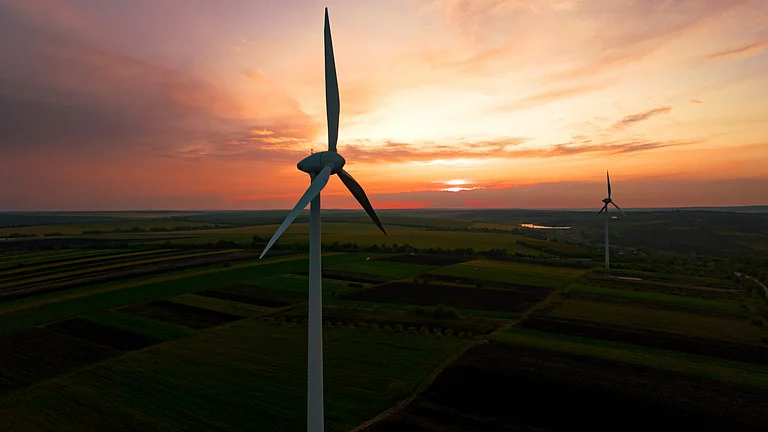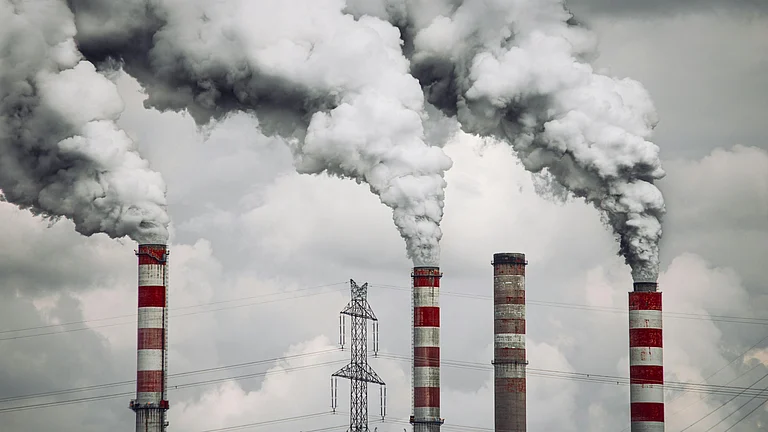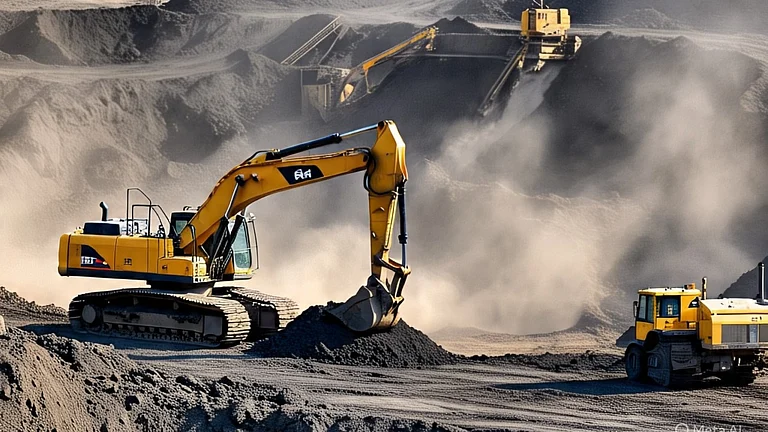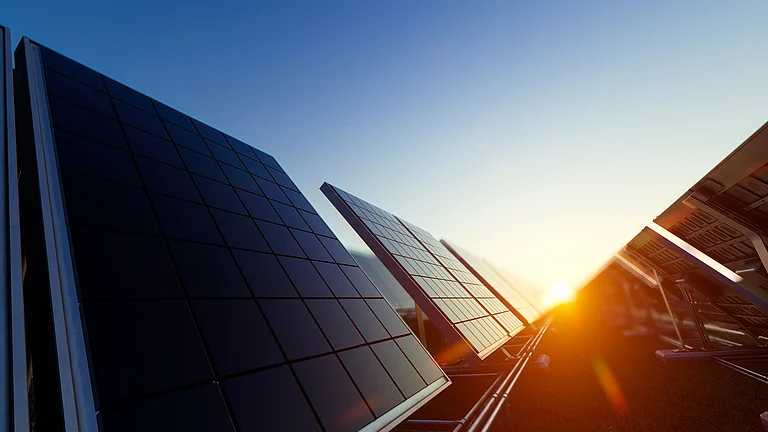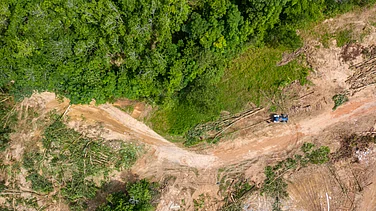
PSU officials at the Outlook Planet Sustainable Mining Forum emphasized that renewables alone can’t meet India’s growing energy needs.
They advocated for a balanced energy mix, including coal and lignite, to ensure energy security.
Companies like BCCL and SCCL are expanding coal washing and critical mineral exploration efforts.
Simultaneously, PSUs are scaling up solar capacity and adopting sustainability measures across operations.
Even as India accelerates its clean energy ambitions — targeting 500 GW of non-fossil fuel capacity by 2030 — senior officials from leading PSUs stress that renewables alone cannot meet the country’s vast and growing energy demands in the near term. Speaking at the Outlook Planet Sustainable Mining Forum, top executives from BCCL, GMDC, NLCIL, and SCCL underscored the need for a balanced energy mix.
Sanjay Singh, Director Technical, BCCL said that coal will continue to play a critical role in the steel sector for the next 30–40 years, even if its role in power generation diminishes. "BCCL is in the process of setting up new coal washeries. Our current washing capacity is close to 30 million tonnes, and we plan to expand it to 35 million tonnes by 2030. This will help us nearly triple our washed coal output and significantly reduce India's dependence on imported coking coal."
While speaking at Outlook Planet, Sustainable Mining Forum, Veena Padia, Member Secretary & CEO, GMDC said that resource diversification has become a cornerstone of the company's long-term strategy. "We aim to achieve 30% of our margin contribution from critical minerals in the coming years, thereby strengthening India’s position in the global clean energy landscape."
"We are actively diversifying into renewables. We were among the first in the country to add 1 GW of renewable capacity. However, given India’s vast energy needs, renewables alone cannot meet the demand in the short- to medium-term," said Prasanna Kumar Motupalli, CMD, NLCIL while speaking in a panel on Partnership for Just and Green Transition.
He added that we need a balanced approach—while aggressively ramping up renewable energy, we are also adding conventional capacity, including lignite- and coal-based plants, to ensure energy security and meet our growing needs.
India has set its sights high in the global clean energy race, aiming for 500 GW of non-fossil fuel capacity by 2030, including an ambitious 280 GW from solar alone.
N Balram, CMD, SCCL said that the company is scaling up it's solar footprint, particularly in Rajasthan and developing a 1,500 MW solar project. Additionally, they have also acquired three critical mineral blocks for exploration, which include deposits of rare earth elements and other critical minerals sourced from secondary materials.
"In areas like Rangoon, which once experienced extreme temperatures of 45–50°C, our green efforts have helped reduce temperatures by nearly 5°C. In fact, if you visit our mine dumps, you’ll see they now resemble natural forests or hillocks. Our dumps don’t look barren anymore—they reflect our sincere commitment to sustainability and nation-building through energy and environment-friendly practices," he said.









